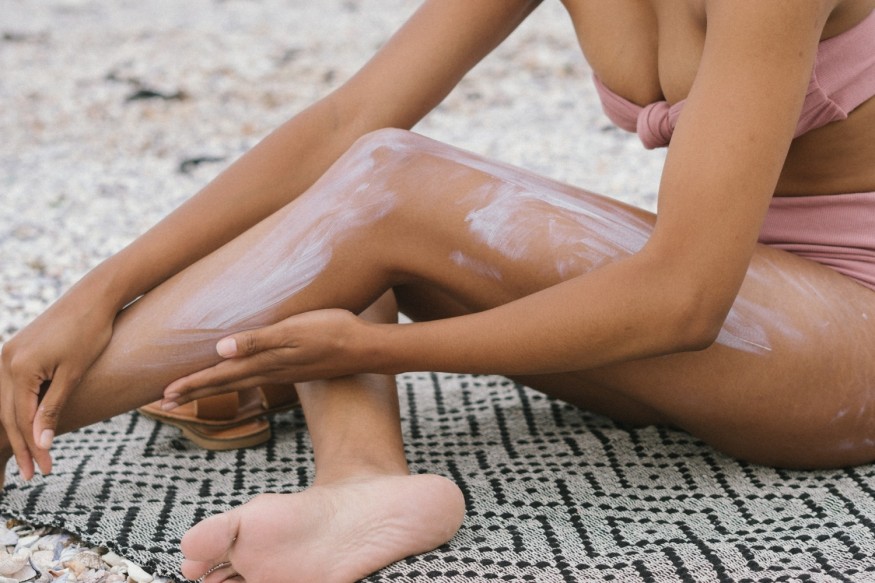
One of the main effects of human-caused climate change is the noticeable rise in temperatures everywhere. In the worst-case scenarios, extreme heat and heat waves can kill people and animals. Around the world, wildfires have caused massive evacuations, and heat-related health concerns have increased at alarming rates. The hot weather can increase risk among sensitive groups, including older adults, outdoor workers, pregnant women, children, and people with existing medical conditions.
With so many health risks associated with prolonged and increased exposure to extreme heat, it's important to consider simple sun protection practices to protect your body. Below, we'll look at some common sun protection myths and how you can protect your body against the effects of climate change:
"Sunglasses are only for sunny days."
Sunglasses are often considered necessary for sunny beach days, but it's essential not to forget them even when it's less hot outside. Even on cloudy days, harmful ultraviolet (UV) rays from the sun can still penetrate and endanger your skin and eye health, so wearing sunglasses is critical for additional protection. However, some people who already wear glasses for vision correction may find it a hassle to switch to sunglasses when outdoors, even if it compromises their ability to see clearly.
Fortunately, many brands and manufacturers now offer prescription sunglasses that combine protection against UVA & UVB rays with your prescription lenses. By wearing prescription sunglasses, you won't have to worry about switching back and forth between your prescription glasses and stylish sunglasses. For an eco-friendly pair to further fight against climate change, brands like Ray-Ban offer "bio-based" sunglasses made of more sustainable materials. Wearing these glasses whenever you step out will protect your eyes against the heat and help you feel more comfortable.
"Being underwater keeps you safe from the sun."
This is true to some extent. Research from the University of New Mexico found that water will absorb up to 25% of UV radiation if you are half a meter underwater, while going one meter deep can double that absorption.
However, it's also important to note that sunlight can reflect into and off water, exposing you to even more sunlight and UV rays when you emerge. So unless you are scuba diving you won't be under long enough to reduce the risk. If you're planning a day out by the beach or the pool, it may be best to invest in UV-protective clothing and swimwear to help reduce your skin and eyes' exposure to sunlight and UV rays.
"Sunscreen is unnecessary in the winter."
Just like sunglasses shouldn't be reserved for only sunny days, sun protection in general shouldn't be reserved for warmer months. According to the American Academy of Dermatology Association, the risk of sunburn can increase when engaging in popular winter activities where one is exposed to higher altitudes and reflective surfaces such as snow.
Experts recommend getting protective sunscreen with SPF 30 or higher and applying it at least 15 minutes before potential exposure to the winter sun for better skin protection. This should be reapplied at least every two hours or after swimming or sweating. It would be best to look into sun-protective clothing that keeps you warm in the winter, such as long-sleeved shirts and long pants.
"Clothing provides complete sun protection."
Finally, while some clothing can provide adequate sun protection for a fun day out, not all clothes are created equal. When choosing clothing for sun protection, it's important to consider factors such as the color, material, texture, and weave of your clothing. The Skin Cancer Foundation highlights that the right clothes can offer more sun protection than sunscreen, as people tend to apply them wrong.
Instead of thin, lightweight fabrics like bleached cotton and silk, try denser, tightly woven fabrics like wool, denim, or corduroy to let less light pass through but still protect your skin from sunburn. Some clothing items are also specially made for sun protection - look for an Ultraviolet Protection Factor (UPF) rating. The UPF rating on clothing functions almost like an SPF rating for sunscreen, as this number indicates what fraction of the sun's UV rays can penetrate the fabric.
With human-caused climate change turning up temperatures around the world, investing in appropriate coverage can help ensure you keep your body safe from the heat.
© 2025 NatureWorldNews.com All rights reserved. Do not reproduce without permission.





